Home>Gardening & Outdoor>Landscaping Ideas>What Month To Stop Watering Grass
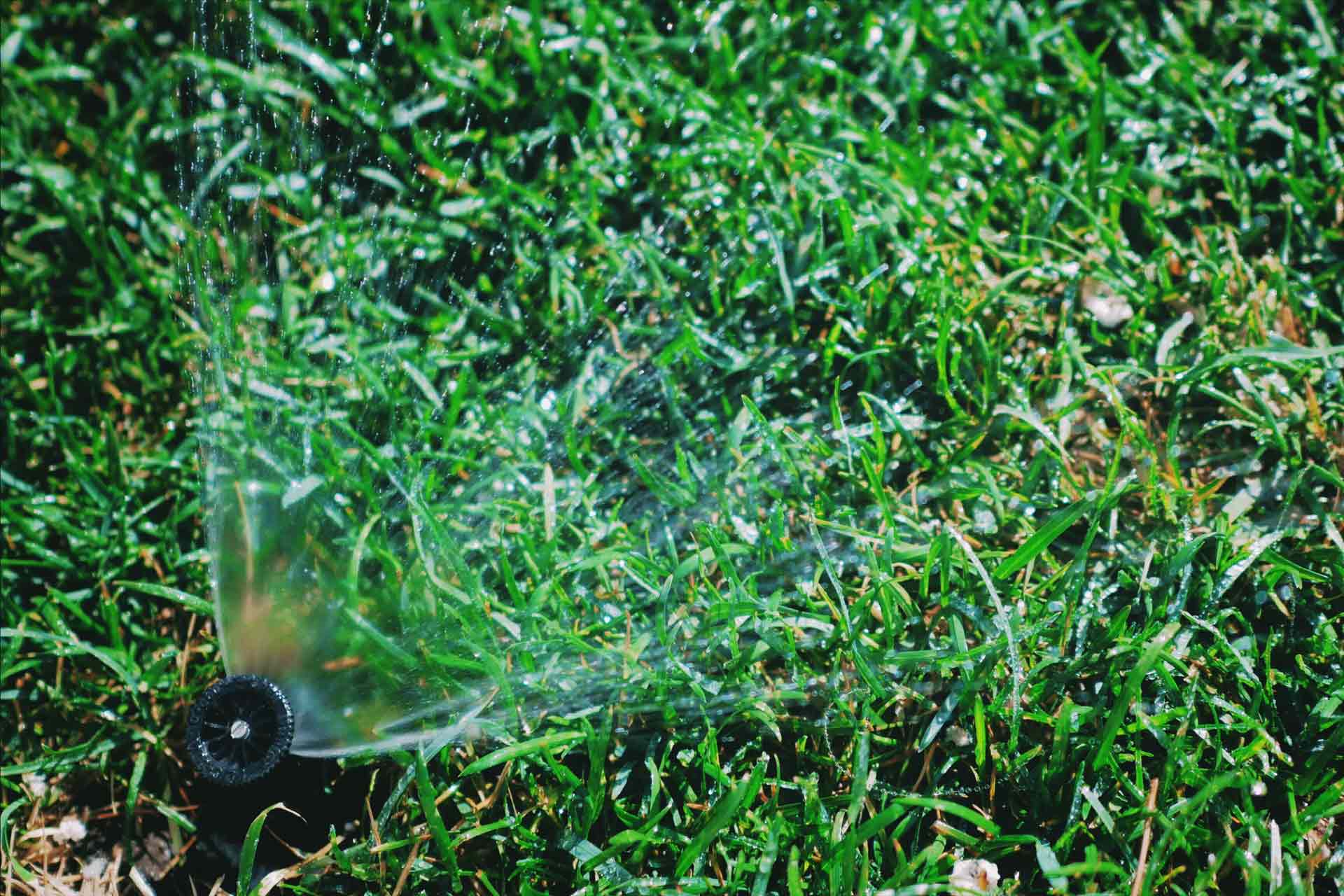

Landscaping Ideas
What Month To Stop Watering Grass
Modified: March 2, 2024
Discover the best month to stop watering your grass and improve your landscaping with expert tips and ideas. Learn how to maintain a healthy lawn effortlessly!
(Many of the links in this article redirect to a specific reviewed product. Your purchase of these products through affiliate links helps to generate commission for Storables.com, at no extra cost. Learn more)
Introduction
Landscaping enthusiasts and homeowners alike understand the pivotal role that proper watering plays in maintaining a lush and vibrant lawn. However, knowing when to adjust your watering schedule can be just as crucial as knowing when to water. As the seasons shift and environmental conditions fluctuate, it becomes essential to adapt your lawn care practices accordingly. In this comprehensive guide, we will delve into the optimal timing for ceasing grass watering, offering valuable insights and practical tips for promoting the health and resilience of your lawn.
Understanding the intricate needs of your grass, recognizing the signs that indicate a reduced need for water, and smoothly transitioning to a less intensive watering regimen are all vital elements of responsible lawn care. By gaining a deeper understanding of these factors, you can ensure that your lawn remains vibrant and sustainable while conserving water and minimizing unnecessary maintenance efforts.
Join us as we explore the best practices for determining when to stop watering your grass, empowering you to make informed decisions that will benefit both your lawn and the environment.
Key Takeaways:
- Knowing when to stop watering your grass in the fall is crucial for a healthy lawn. Gradually reduce watering as the weather cools to promote strong roots and conserve water.
- Look for signs like slow growth and soil moisture to know when your grass needs less water. Transition gradually to deeper, less frequent watering for a resilient lawn.
Read more: In What Month Does The Grass Stop Growing
Understanding Grass Watering Needs
Before delving into the specifics of when to stop watering your grass, it’s crucial to comprehend the fundamental watering requirements of your lawn. Different grass species have varying water needs, influenced by factors such as climate, soil type, and overall health. Understanding these needs is essential for maintaining a thriving lawn throughout the year.
Grass typically requires around 1 to 1.5 inches of water per week, either from rainfall or irrigation, to sustain healthy growth. However, this general guideline can vary based on the specific grass species and environmental conditions. Warm-season grasses, such as Bermuda and Zoysia, thrive in hot climates and often require more frequent watering, especially during periods of intense heat. In contrast, cool-season grasses like Kentucky bluegrass and fescue are more resilient in cooler climates and may require less frequent watering.
Soil composition also plays a significant role in grass watering needs. Sandy soils drain water more rapidly, necessitating more frequent watering sessions, while clay soils retain moisture for longer periods, requiring less frequent irrigation. By understanding your lawn’s specific grass type and the characteristics of your soil, you can tailor your watering schedule to meet its unique requirements.
Furthermore, the overall health of your lawn influences its water needs. A well-maintained lawn with thick, healthy grass and a robust root system can withstand periods of drought better than a neglected lawn. Regular mowing, proper fertilization, and aeration all contribute to the overall health and resilience of your grass, impacting its ability to thrive with less water.
By gaining a comprehensive understanding of your grass species, soil composition, and the overall health of your lawn, you can effectively gauge its watering needs and make informed decisions about when to adjust your watering schedule.
The Best Time to Stop Watering Grass
Determining the optimal time to cease watering your grass is a pivotal aspect of responsible lawn care, ensuring that your lawn remains healthy and resilient throughout changing seasons. As the cooler temperatures of autumn approach, it’s essential to adjust your watering schedule to align with your grass’s natural growth patterns and reduced water requirements.
Typically, the best time to stop watering your grass is in the fall, as the transition to cooler weather prompts a natural slowing of grass growth. By gradually reducing the frequency and duration of watering sessions as the season progresses, you can facilitate a smooth transition for your lawn, preparing it for the dormant period of winter. This gradual adjustment helps prevent stress on the grass and encourages the development of a robust root system, promoting overall resilience and vitality.
As a general guideline, you can begin tapering off your watering schedule in early to mid-fall, depending on your specific climate and grass type. Instead of frequent, shallow watering, gradually shift to deeper, less frequent watering sessions, allowing the grass’s root system to absorb moisture more effectively and become less reliant on regular irrigation.
It’s important to note that while reducing the frequency of watering is crucial, it’s equally essential to ensure that your lawn receives adequate moisture before the onset of winter. A well-hydrated lawn is better equipped to withstand the colder months and emerge vigorous and healthy when spring arrives.
By aligning your watering schedule with the natural growth patterns of your grass and the changing seasons, you can promote the long-term health and sustainability of your lawn while conserving water and minimizing unnecessary maintenance efforts.
It’s best to stop watering your grass in the fall, around the end of September or early October. This allows the grass to prepare for the winter and go into dormancy.
Signs That Your Grass Needs Less Water
Recognizing the signs that indicate your grass requires less water is crucial for adjusting your watering schedule effectively and promoting the overall health and resilience of your lawn. By observing your lawn and identifying these key indicators, you can ensure that your grass receives the appropriate amount of moisture, preventing overwatering and potential damage.
1. Slow Growth: As the cooler temperatures of fall set in, you may notice a natural slowing of grass growth. This is a clear indication that your lawn requires less water, as the reduced growth rate means the grass is not actively utilizing as much moisture as it does during the warmer months.
2. Color and Texture: Pay attention to the color and texture of your grass. If the blades appear wilted, discolored, or have a slightly blue-gray hue, it may be a sign of overwatering. Conversely, if your grass maintains a healthy green color and exhibits a resilient texture, it indicates that it’s receiving an appropriate amount of water.
3. Footprint Test: Perform a simple footprint test to gauge your lawn’s moisture needs. If the grass springs back quickly after being stepped on, it’s a sign that the soil is adequately hydrated. However, if the grass remains flattened and doesn’t recover promptly, it suggests that your lawn may be receiving too much water.
4. Thatch and Compaction: Excessive thatch buildup and soil compaction can impede water absorption and lead to overwatering. If you notice these issues in your lawn, it’s essential to address them to ensure that your grass can effectively utilize the available moisture without becoming waterlogged.
5. Water Runoff: Observe how water behaves during irrigation or rainfall. If you notice excessive runoff or pooling, it indicates that the soil is unable to absorb the water efficiently, potentially leading to overwatering. Adjusting your watering schedule and techniques can help mitigate this issue.
By staying attuned to these signs and adjusting your watering practices accordingly, you can optimize the health and resilience of your lawn while conserving water and minimizing the risk of overwatering-related issues.
Tips for Transitioning to Less Water
Transitioning to a reduced watering regimen for your grass requires thoughtful planning and strategic adjustments to ensure a seamless and healthy transition. By implementing the following tips, you can effectively manage the shift to less water while promoting the long-term vitality of your lawn.
1. Gradual Reduction: Instead of abruptly halting your watering sessions, gradually reduce the frequency and duration of watering as the fall season progresses. This gradual approach allows your grass to adapt to the changing conditions and encourages the development of a robust root system that can access moisture more effectively.
2. Deep Watering: Shift from frequent, shallow watering to deeper, less frequent watering sessions. Deep watering encourages the grass’s roots to grow deeper into the soil in search of moisture, promoting overall resilience and reducing the lawn’s dependence on regular irrigation.
3. Adjust Irrigation Schedule: Modify your irrigation schedule to align with the natural moisture needs of your grass. As the temperatures cool and precipitation increases, your lawn may require less supplemental watering. Monitor weather patterns and adjust your irrigation system accordingly to avoid unnecessary water usage.
4. Maintain Mowing Height: Adjust your mowing height to promote the health of your grass during the transition to less water. Taller grass blades provide shade for the soil, reducing moisture evaporation and promoting water retention. Additionally, maintaining the appropriate mowing height supports the development of a strong and resilient root system.
5. Monitor Soil Moisture: Utilize a soil moisture meter or perform manual checks to assess the moisture levels in your lawn. This allows you to make informed decisions about when and how much to water, preventing both overwatering and underwatering during the transition period.
6. Implement Proper Lawn Care Practices: Continue to prioritize essential lawn care practices, such as aeration, fertilization, and weed control, to support the overall health and resilience of your grass. Well-maintained lawns are better equipped to thrive with less water and withstand environmental stressors.
By implementing these tips and gradually transitioning to a reduced watering schedule, you can effectively manage the changing water needs of your grass, promoting a healthy and sustainable lawn while conserving water resources.
Read more: At What Temperature To Stop Watering Grass
Conclusion
Understanding when to stop watering your grass is a vital aspect of responsible lawn care, ensuring that your lawn remains healthy and resilient while conserving water and minimizing unnecessary maintenance efforts. By gaining insight into your grass’s specific watering needs, recognizing the signs that indicate a reduced need for water, and implementing strategic adjustments, you can effectively manage the transition to a less intensive watering regimen.
As the cooler temperatures of fall approach, it’s essential to align your watering schedule with your grass’s natural growth patterns and reduced water requirements. Gradually tapering off your watering sessions and implementing deep, less frequent watering promotes the development of a robust root system, enabling your lawn to thrive with less water and emerge vigorous and healthy when spring arrives.
By staying attuned to key indicators such as slow growth, color and texture, and soil moisture levels, you can make informed decisions about when to adjust your watering schedule, preventing both overwatering and underwatering. Additionally, implementing proper lawn care practices and monitoring weather patterns allows you to optimize your lawn’s health while conserving water resources and promoting environmental sustainability.
Ultimately, the decision to stop watering your grass should be guided by a holistic understanding of your lawn’s unique needs and the changing environmental conditions. By incorporating the insights and tips provided in this guide, you can navigate the transition to less water with confidence, ensuring that your lawn remains vibrant and sustainable throughout the seasons.
Embracing these best practices not only fosters a thriving and resilient lawn but also contributes to the conservation of water resources, aligning your landscaping endeavors with principles of environmental stewardship and sustainability.
As you embark on this journey of responsible lawn care, may your efforts yield a lush and vibrant lawn that flourishes with vitality, resilience, and sustainable beauty.
Frequently Asked Questions about What Month To Stop Watering Grass
Was this page helpful?
At Storables.com, we guarantee accurate and reliable information. Our content, validated by Expert Board Contributors, is crafted following stringent Editorial Policies. We're committed to providing you with well-researched, expert-backed insights for all your informational needs.
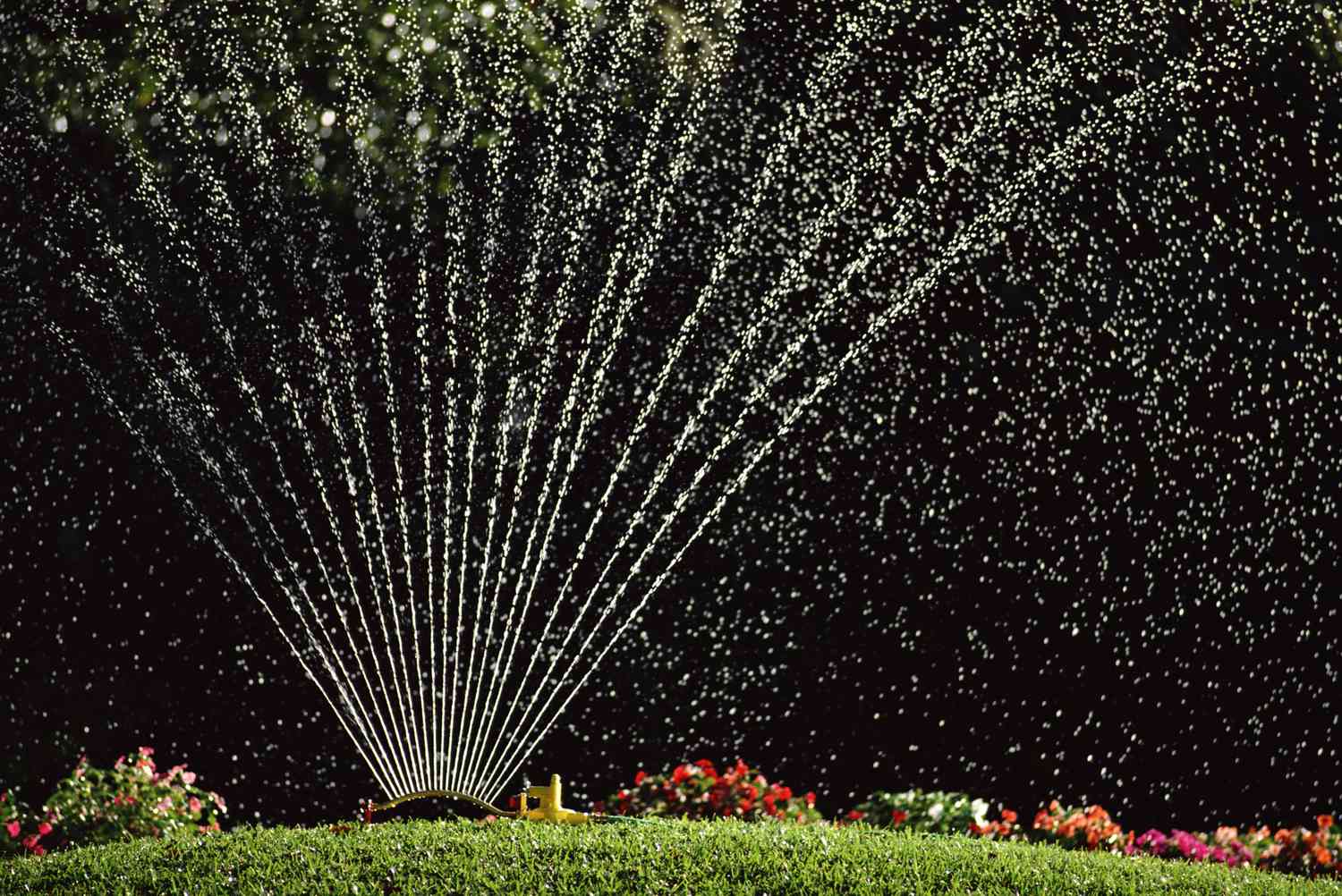
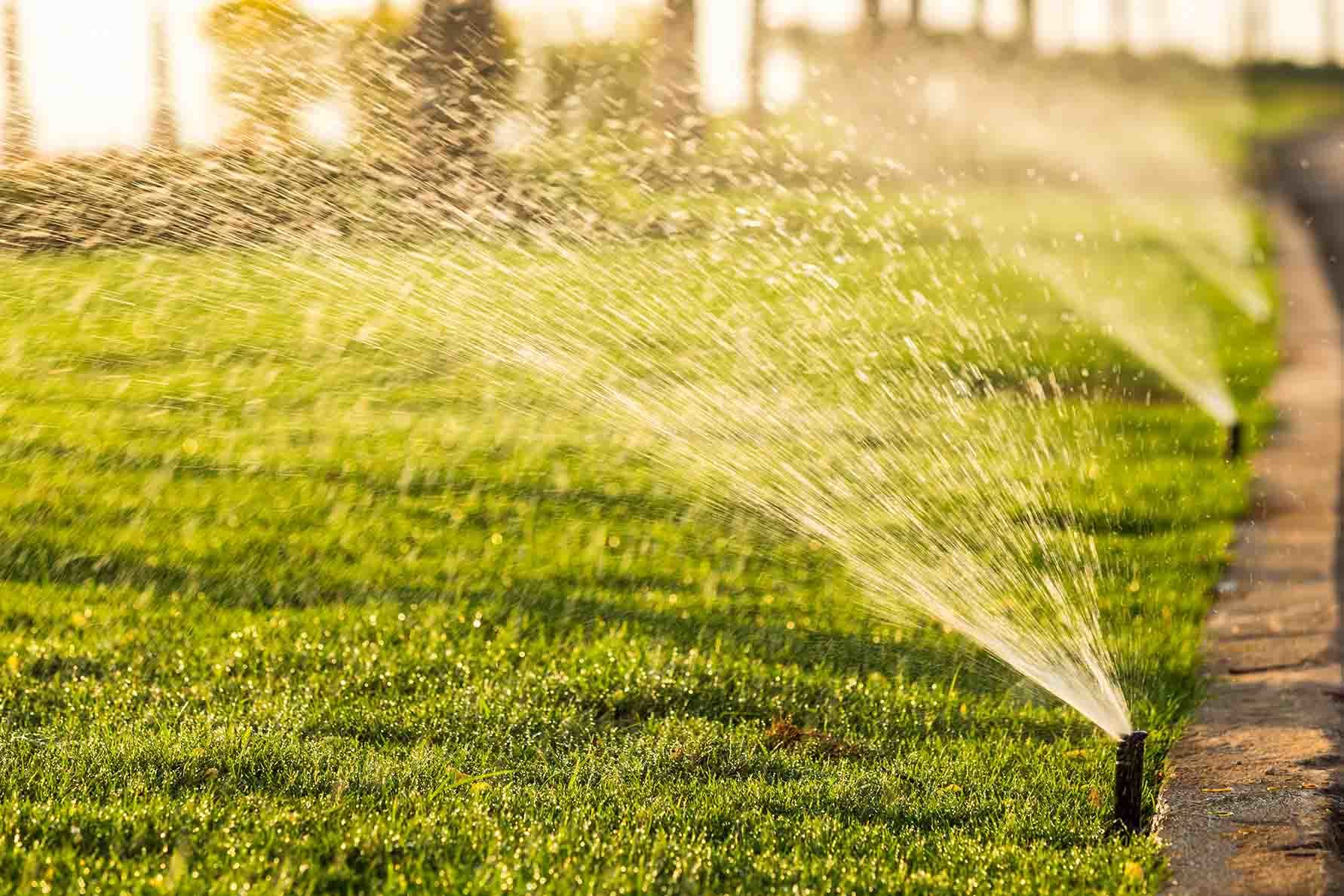
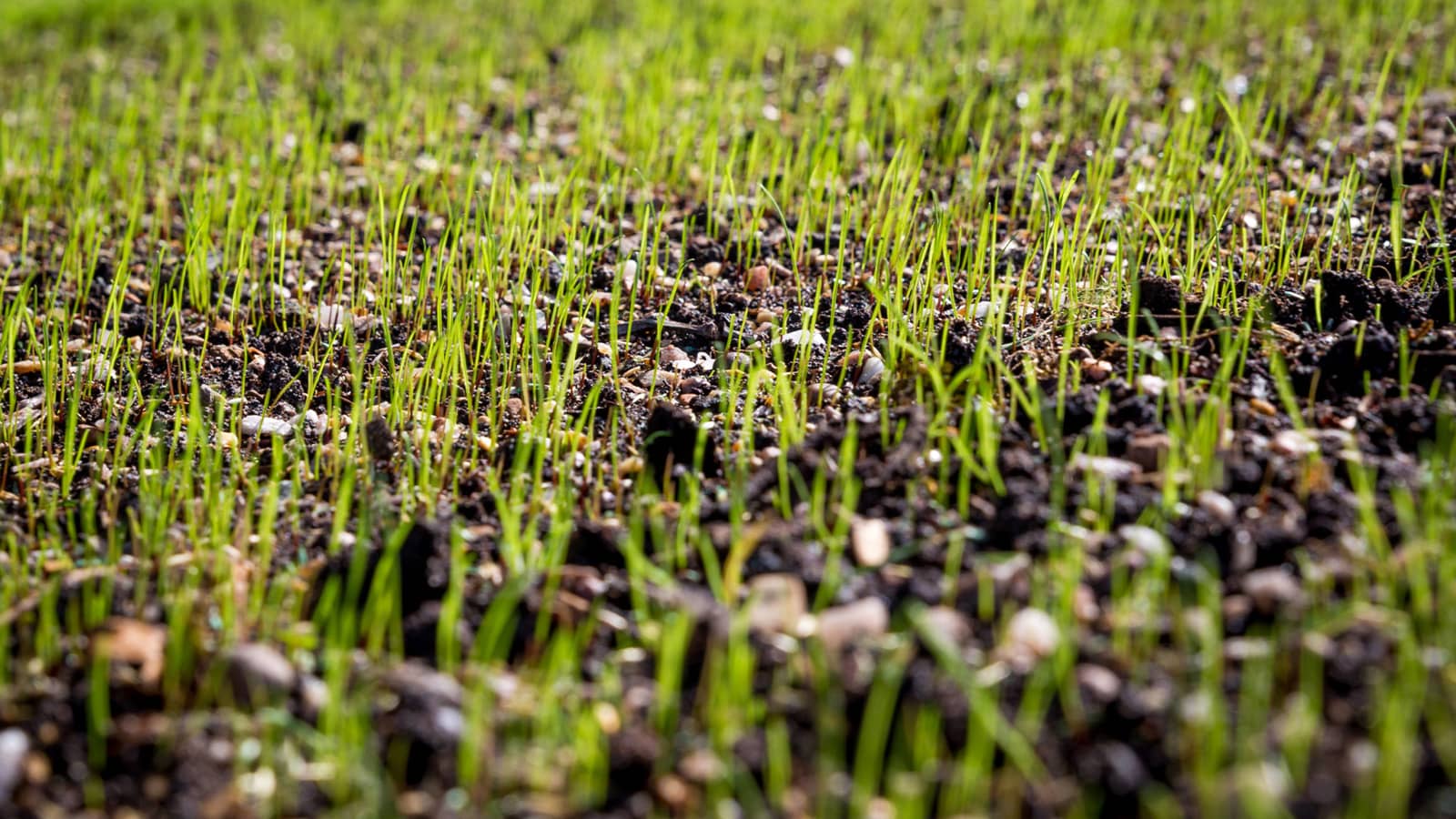
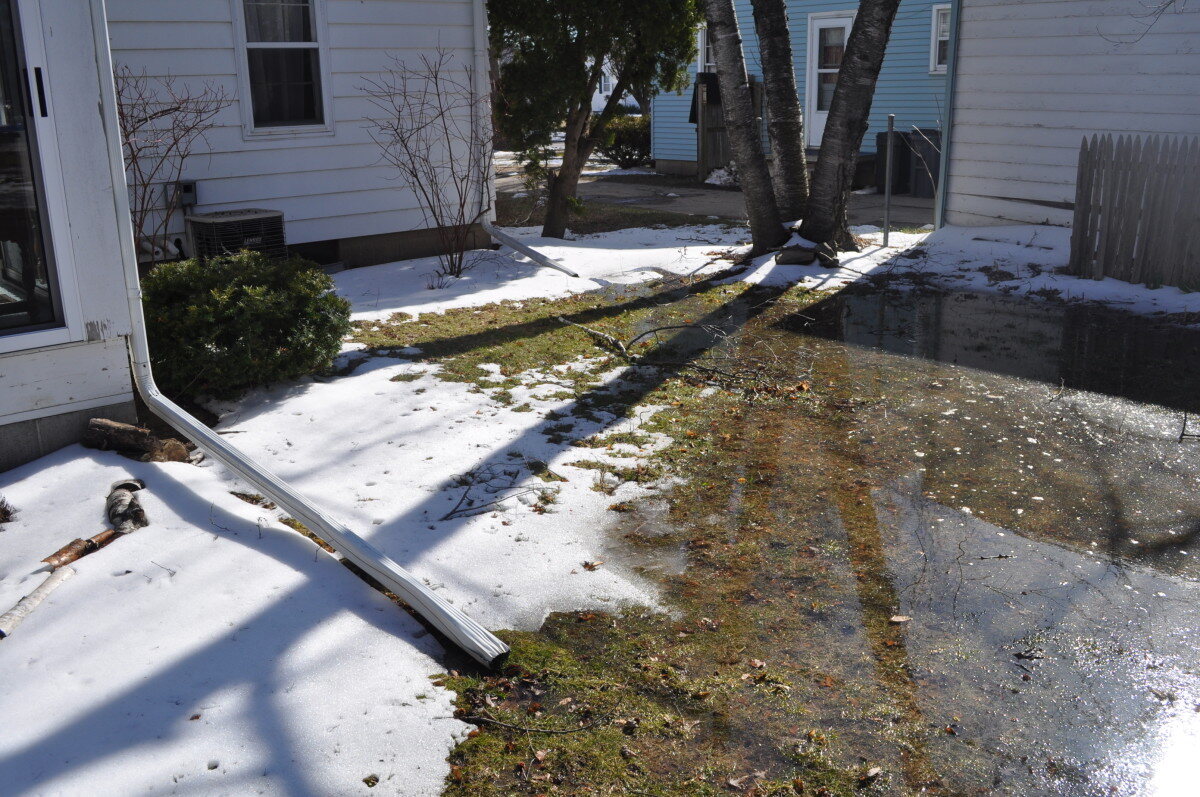
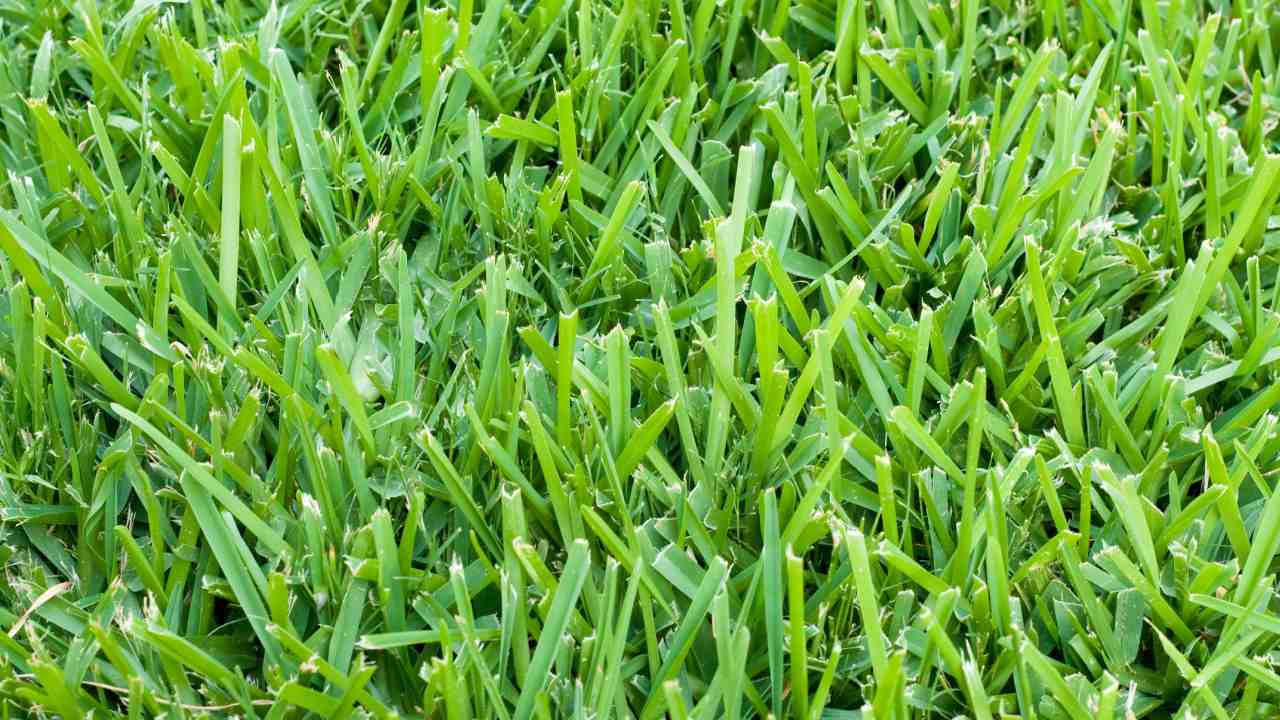

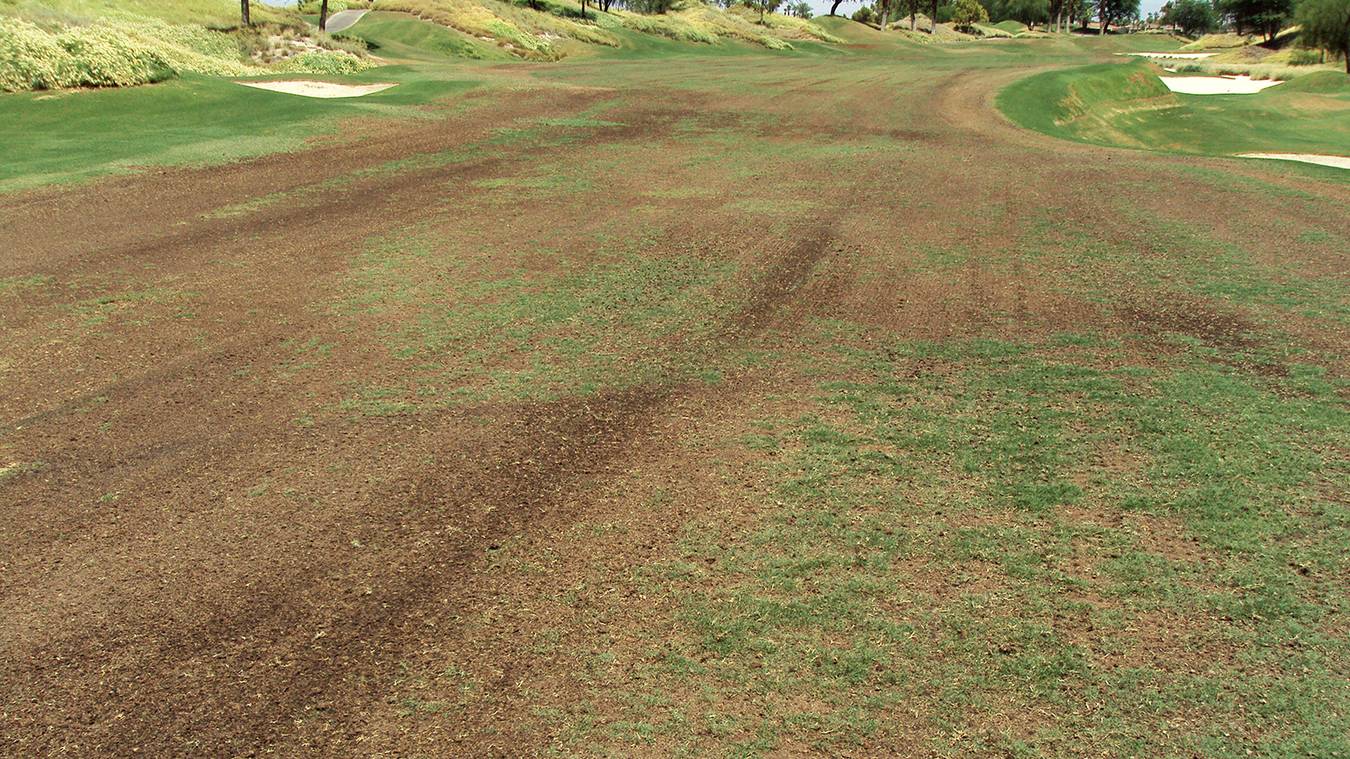
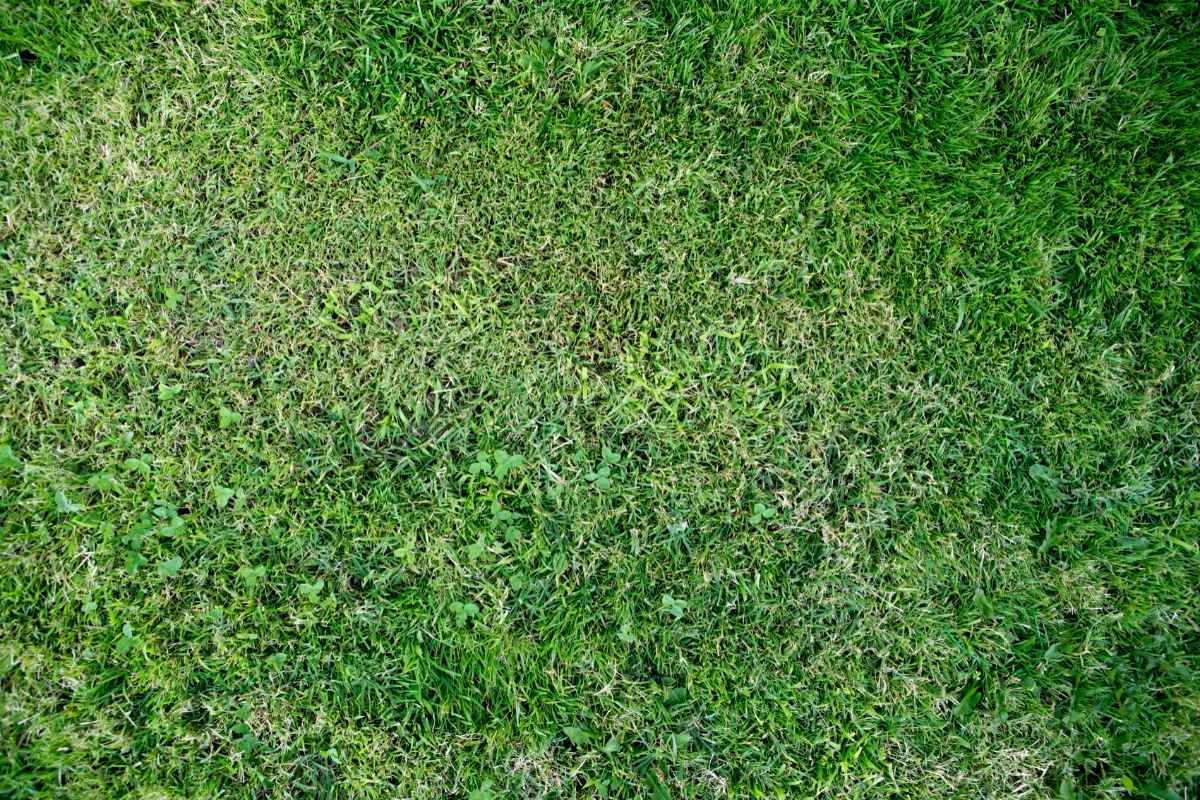
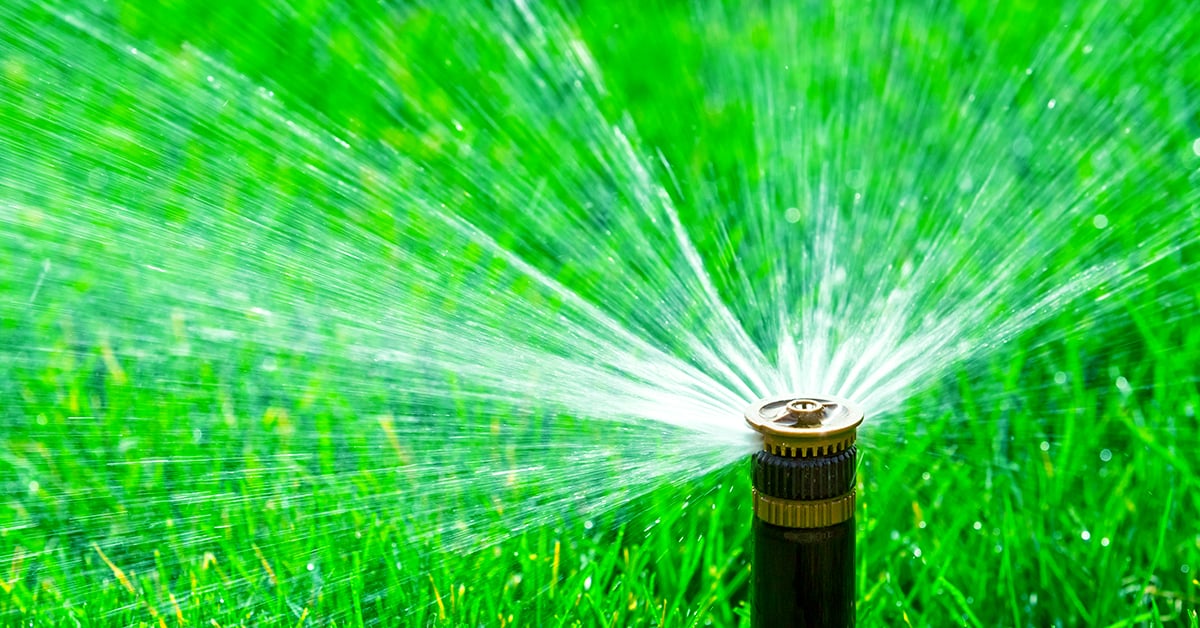

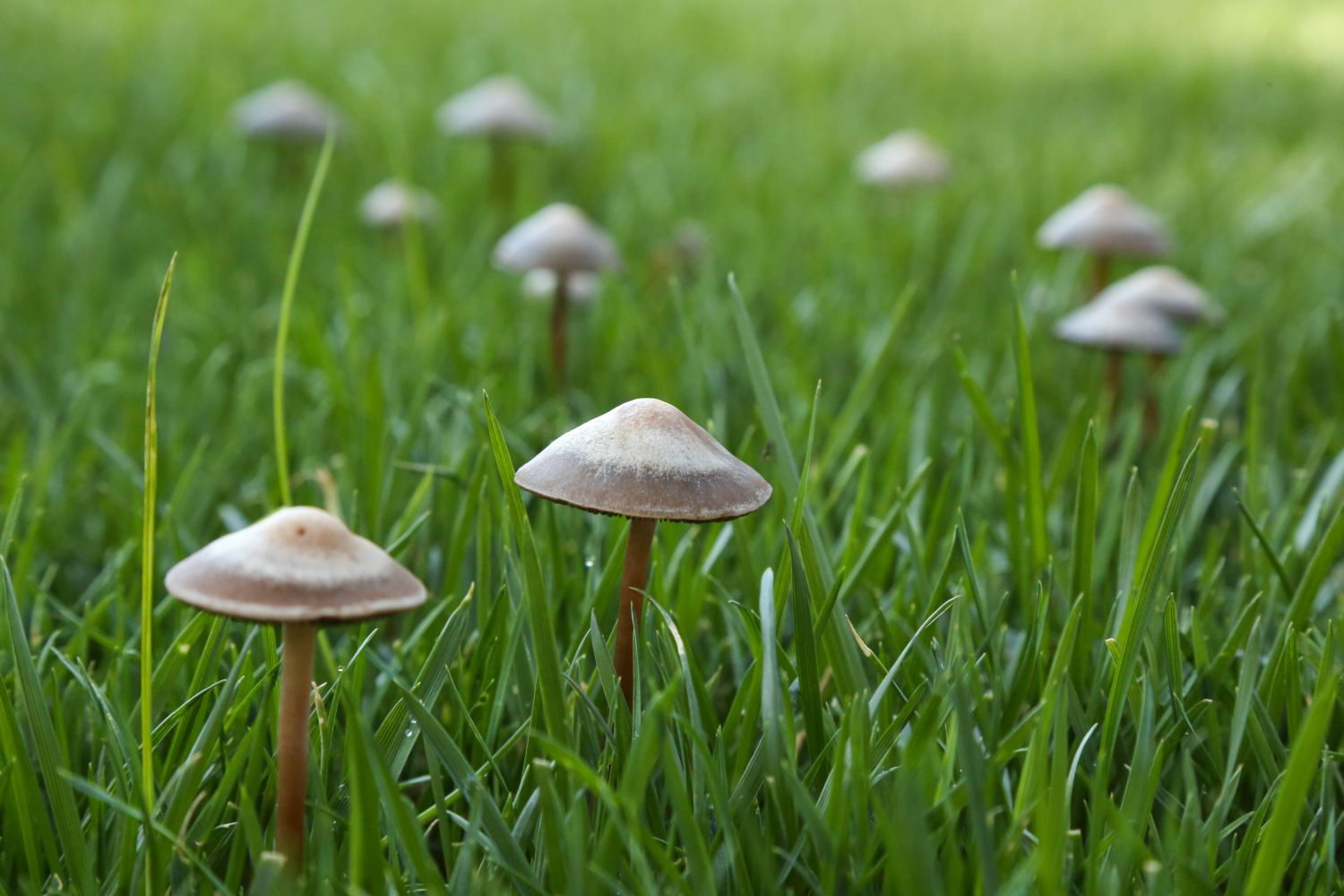

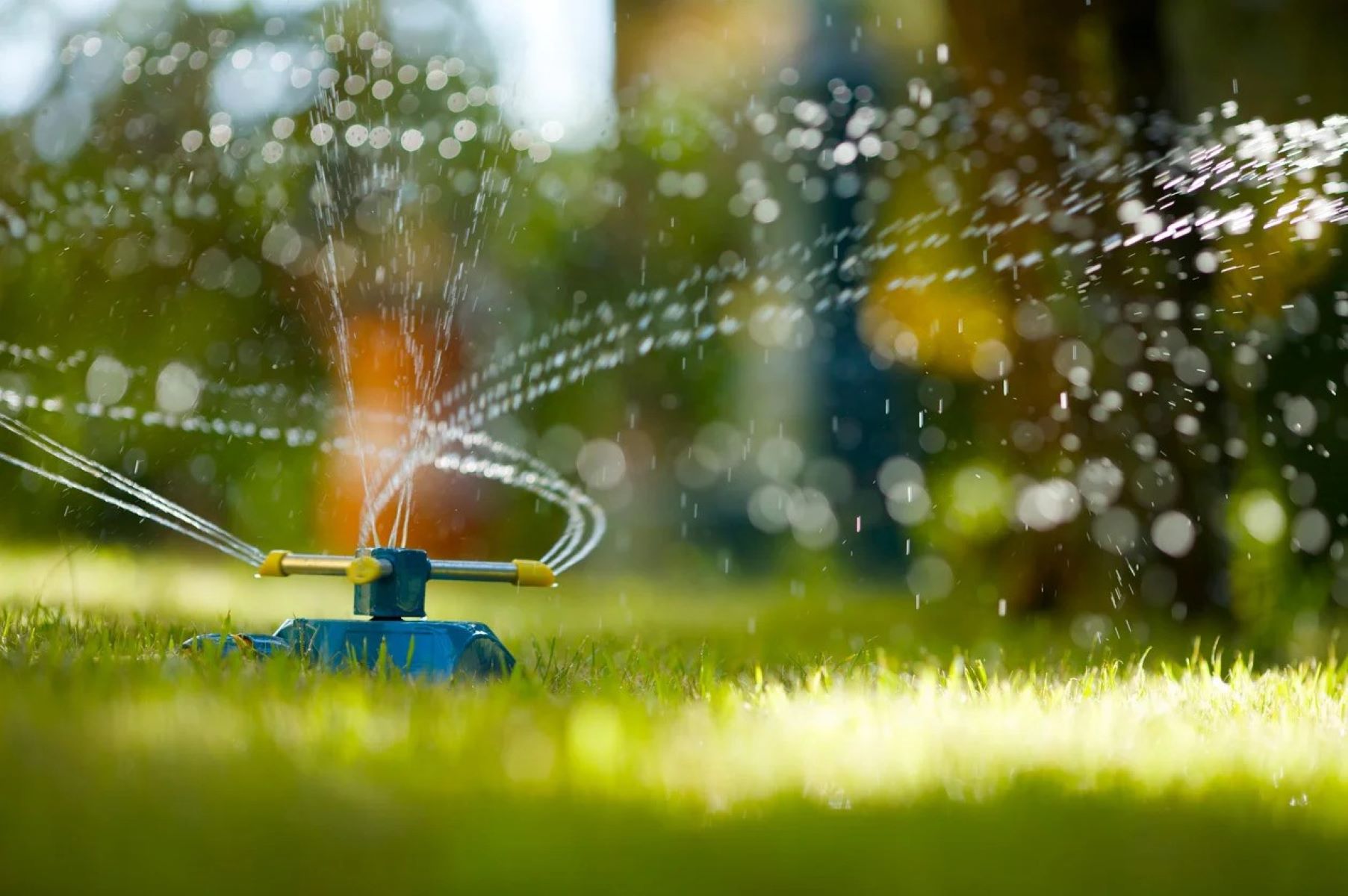
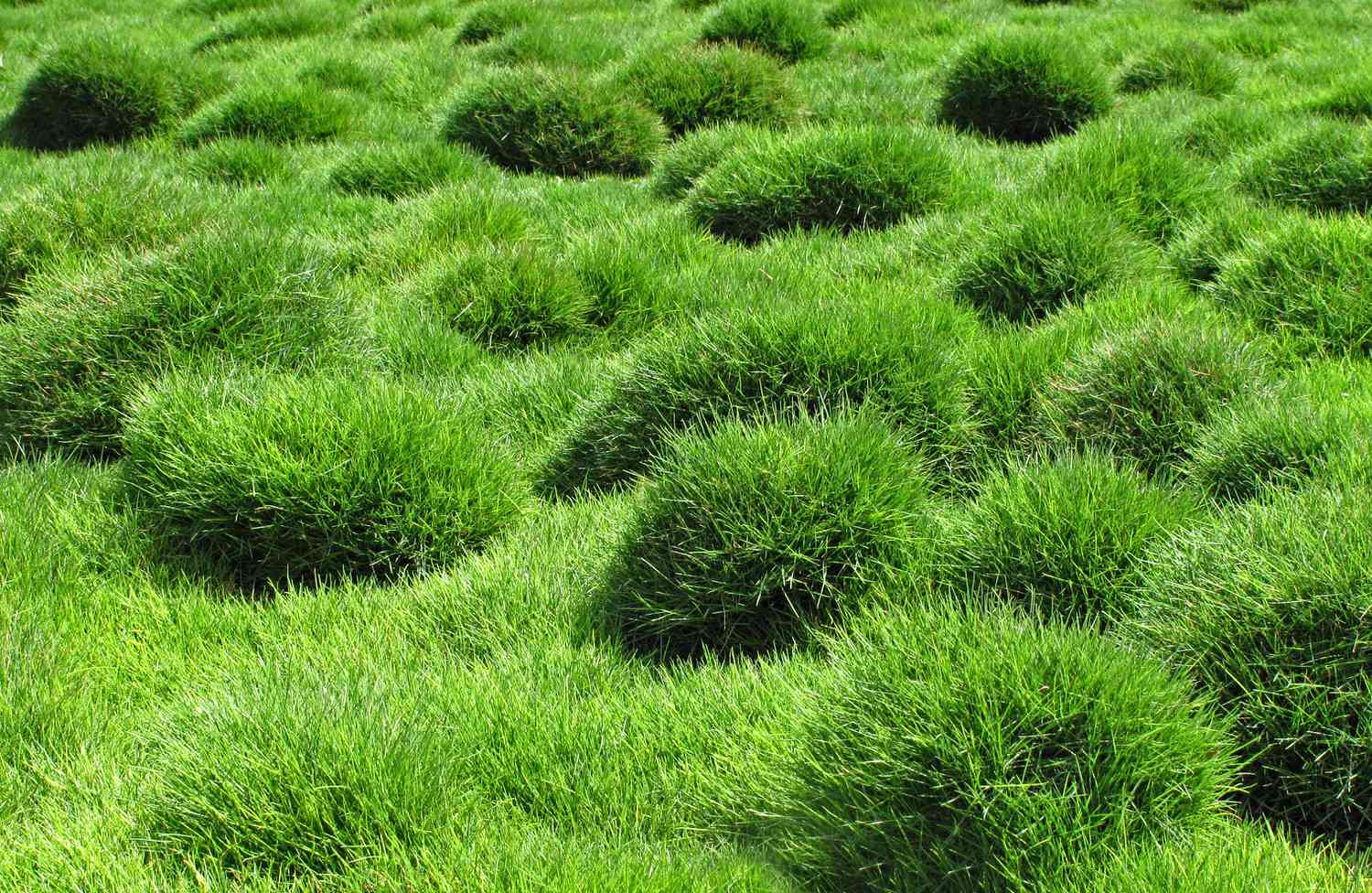

0 thoughts on “What Month To Stop Watering Grass”